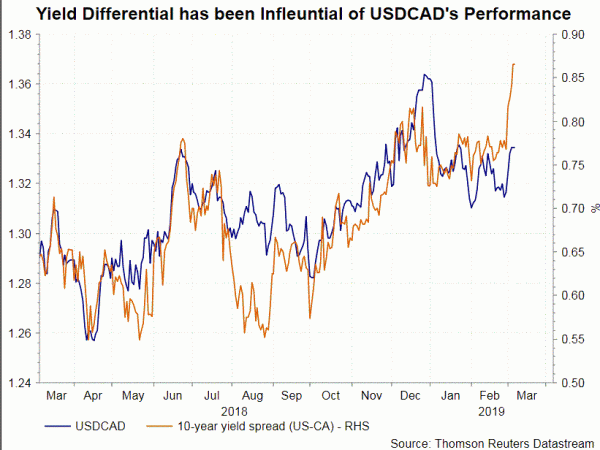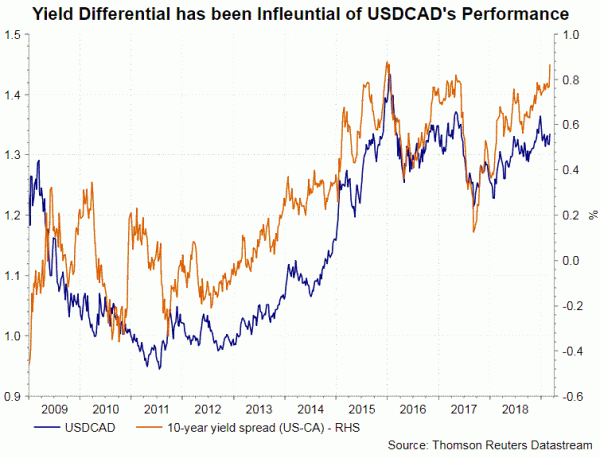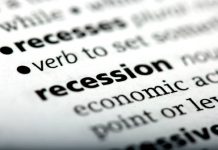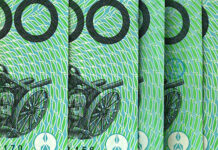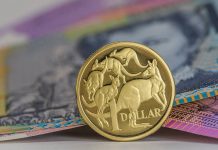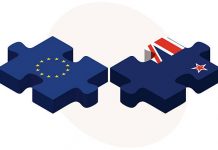BOC left the policy rate unchanged at 1.75%. What caused the market dramatic market movement was its dovish turn – stripping off the forward guidance that the next move would be a rate hike. The abrupt turn in just two months marks the weaker than expected slowdown in Canada’s growth and heightened uncertainty in the global economic outlook.
At noted in the policy statement, the central bank acknowledged that, as “recent data” suggested, global economic slowdown has been “more pronounced and widespread” than previously anticipated. This is compared with the language in January that “the global economic expansion continues to moderate”. BOC added that “trade tensions and uncertainty are weighing heavily on confidence and economic activity” and “global economic prospects would be buoyed by the resolution of trade conflicts”.
Domestically, it acknowledged the sharp and broadly based slowdown in 4Q18 and projected that weakness in oil prices would continue to drag the country’s growth at in the first half of this year. Soft household consumption and housing prices are key factors affecting the growth outlook. The central bank continued to attribute weak inflation to temporary factors –weakness in oil prices. Indeed, as we mentioned in our preview, BOC’s preferred measures of inflation remained close to its target.
The most surprisingly change comes from the monetary policy stance, BOC judged that the current economic developments “warrant a policy interest rate that is below its neutral range”. Moreover, “given the mixed picture that the data present, it will take time to gauge the persistence of below-potential growth and the implications for the inflation outlook”. As the “uncertainty about the timing of future rate increases” has heightened, the members pledged to “watching closely developments in household spending, oil markets, and global trade policy”.
Note that BOC removed the reference that the policy rate would “need to rise over time into a neutral range to achieve the inflation target”. This is obviously a dovish shift. Not only does BOC appear comfortable to see a below-neutral policy rate, it is uncertain whether the next rate change would be increase or decrease. The market reacted rigorously after the announcement with USDCAD rallying to a 2-month high. Yield spread has been a key driving force of USDCAD movement. Note that as the yield spread has shot up to the highest level since December 2015, when the Fed began its rate hike cycle after the 2007/08 global financial crisis, near-term upside for USDCAD might be limited.